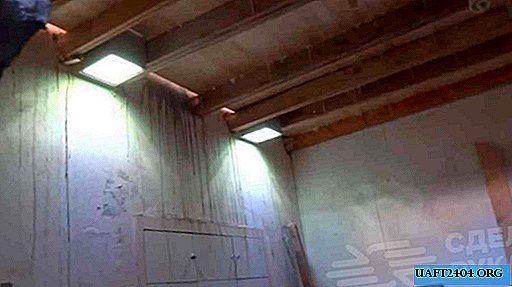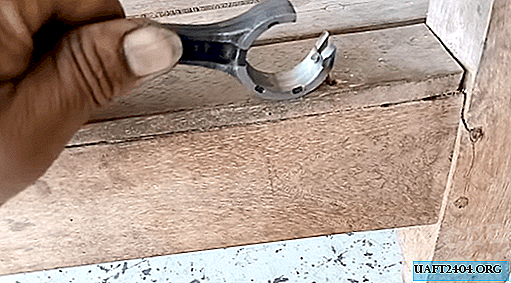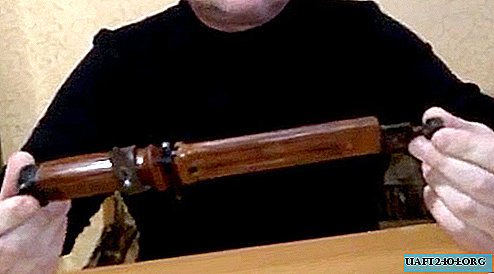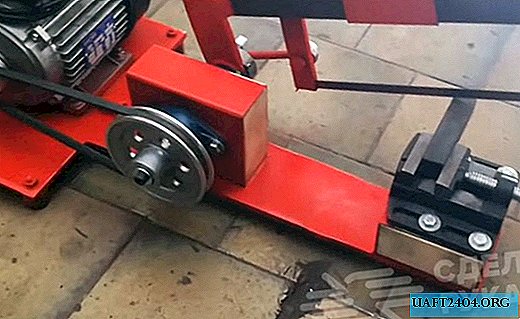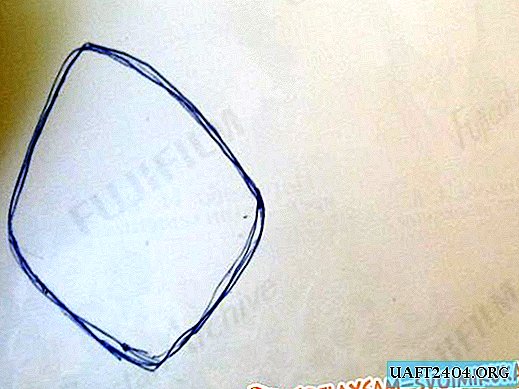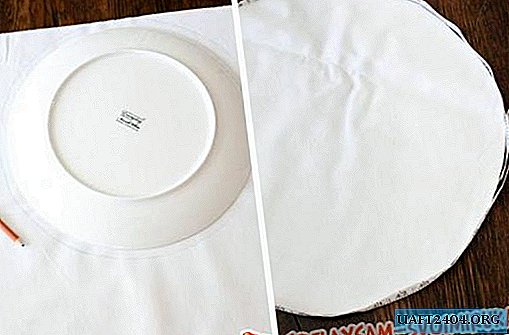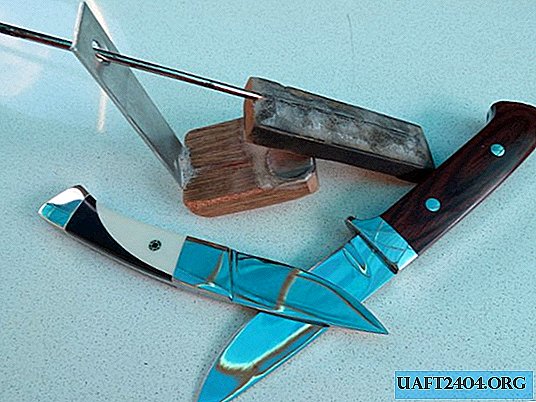Share
Pin
Tweet
Send
Share
Send
You will need:
• Cardboard.
• Scissors.
• Stationery knife.
• Adhesive tape.
• PVA glue.
• Newspaper tubes.
• Stain or paint (dye tubes).
• Acrylic or any other varnish.
• Napkin, white primer (paint) - optional.
• Round form.
• Clothes pegs.
• Awl.
• Pen or pencil.
We take cardboard, cut off pieces of the desired height. I measured the height of the child’s knee level, but can be done lower, some children like to sit on low chairs. The length of the pieces is not important.

We begin to twist the cardboard, fastening it with duct tape as necessary, so that it does not turn around later.

Gradually, the base becomes thicker and more stable.



When the stability is sufficient, you can cut the bottom. We take something suitable in size (pan, for example), the item should be slightly larger than the base, use as a shape.

You will need at least two circles of cardboard, one for the lid, the second for the bottom. If you want to make them double for greater strength, then cut four pieces.

The bottom is covered with stain immediately, the tubes are also painted in advance, and not after weaving. Now you need to mark the places for the racks with an awl. I retreat a little from the edge, between the racks the distance is 3 cm.

I make holes with an awl at equal (approximately) intervals along the entire circumference. I did not try to achieve cosmic accuracy, the main thing was that the product should not fall to the sides.

I insert the ends of the racks of newspaper tubes. I fix them with glue and clothespins, then leave to dry for at least an hour. I made the racks long so that they were slightly higher than the ottoman. There are not very many clothespins, so the work slowed down, I had to wait until the racks dry out before installing new ones.





Tails can be covered by pasting a cloth on top, or a piece of cardboard of the same size. Since the racks are long, I grabbed them with the usual linen elastic band so that they would not fall apart. After several rows, the need for fixation disappears, the racks support the tubes.

Weaving is the most common, the main question here is not complexity, but the amount of time that will be spent on the tubes (you need to twist them, then paint, dry).

When the tubules reach the base level in height, it is time to finish weaving. But before that, I take out the base to cover the inside of the product with varnish. I use acrylic, but you can use ordinary if you can tolerate its smell.

Filling the ends: I cut off the excess, bend it over the base, coat it with PVA glue on top.

Cardboard, which will serve as a lid, covered with white paint, pasted fragments of napkins. This stage can be skipped: the top can be glued with wallpaper, cloth.

Then the same procedure as for the bottom: make holes, remove the tubes, fix the base with glue.


First weaved straight, then raised the racks, the height of the side is arbitrary.


That's all, we cover the product from newspaper tubes with acrylic varnish, this is an indispensable stage that gives strength and brilliance.



Share
Pin
Tweet
Send
Share
Send


